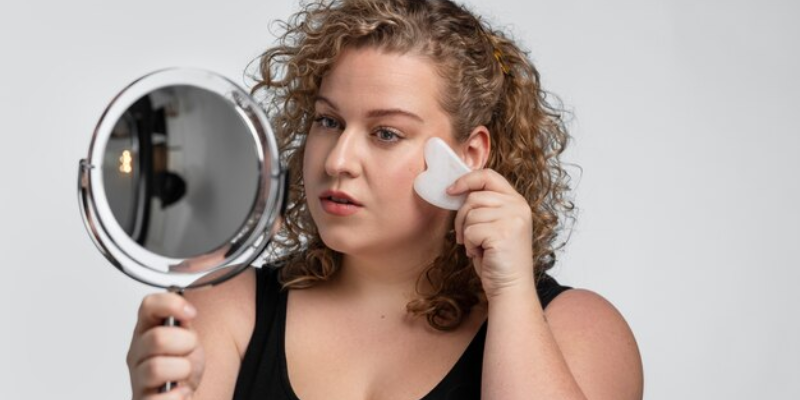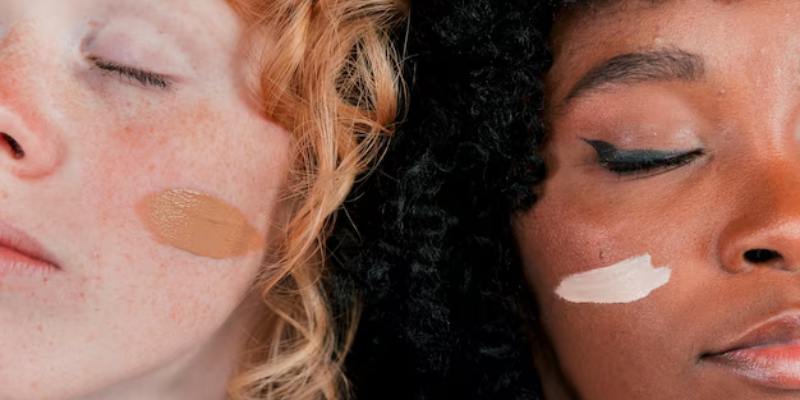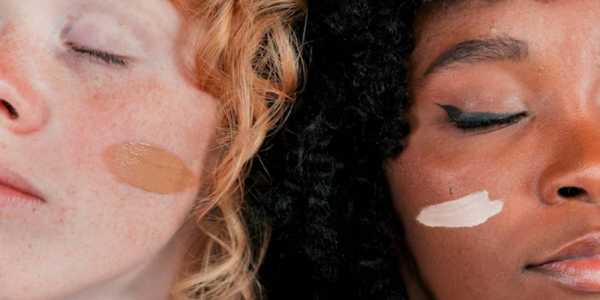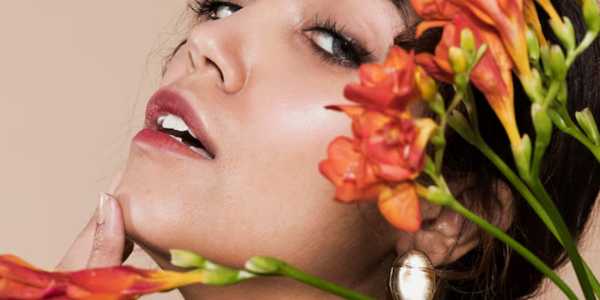The Ultimate Guide To Natural Hair Dyes: Vibrant And Safe
You know those moments when you look in the mirror and think, "I need a change?" For many of us, that change often comes as a new hair colour. But the idea of using harsh chemicals on your hair can be unsettling. Enter natural hair dyes—the perfect solution for those who want to switch things up without damaging their locks.
In this guide, we'll explore the world of natural hair dyes, covering everything from what they are to how they work and which ingredients to look for. By the end, you'll be ready to try a natural hair dye at home that's as kind to your hair as it is to the environment.

What Are Natural Hair Dyes?
Natural hair dyes are colouring agents derived from plants, minerals, or other natural sources. Unlike conventional hair dyes, which often contain harsh chemicals like ammonia and peroxide, natural dyes are gentler on your hair and scalp. They can improve your hair colour, cover greys, or even add a vibrant new shade, all while nourishing your hair with a simple natural hair dye at home.
Benefits of Using Natural Hair Dyes
If you are looking for more reasons to use natural hair dyes, then here they are:
Gentler on Hair and Scalp
Natural hair dyes are less likely to trigger allergic reactions or irritate your scalp. They preserve your hair's natural oils, keeping it healthier and shinier.
Environmentally Friendly
Natural ingredients mean fewer chemicals are washed down the drain and into the environment. This is a win-win for both you and the planet.
Nourishing Ingredients
Many natural hair dyes contain ingredients that condition and strengthen your hair, such as henna, indigo, and cassia. These not only colour your hair but also add shine and improve texture.
Key Ingredients in Natural Hair Dyes
When it comes to natural hair dye, ingredients are everything. Here’s a rundown of some of the most popular ones and what they do:
1. Henna
Henna is the most well-known natural hair dye ingredient. It's been used for centuries to create a rich, reddish-brown colour. Henna works by coating the hair shaft, adding a protective layer that shows off your shine and leaves your hair feeling conditioned. It can be mixed with other ingredients like indigo or coffee to achieve different shades.
2. Indigo
Indigo, often paired with henna, gives hair a deep, dark colour, ranging from dark brown to black. It's beneficial for those looking to cover greys or darken their natural colour. When combined with henna, it can produce a range of shades from brown to jet black.
3. Cassia
Known as "neutral henna," cassia imparts a golden tint to light hair while conditioning and adding shine. For darker hair, it doesn't alter the colour much but still provides the conditioning benefits of henna.
4. Amla
Amla powder is often added to henna and indigo mixes to make the colour pop and provide extra conditioning. It helps cool down the red tones of henna, making the colour more balanced. Amla is perfect for natural hair dye at home and is known for strengthening hair follicles and promoting hair growth.
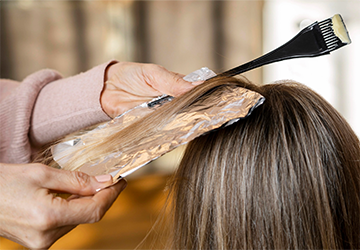
Choosing the Right Natural Hair Dye for You
Choosing a suitable natural hair dye depends on your current hair colour and the colour you want to achieve. Here are a few tips from a trustworthy natural hair colour guide:
1. Determine Your Base Color
Natural hair dyes blend with your existing colour, so your starting shade will influence the final result. Darker hair will need more vital dyes like henna and indigo, while lighter hair can use gentler dyes like chamomile or cassia.
2. Decide on the Desired Shade
If you want a drastic change, like going from blonde to black, you might need a combination of dyes. For subtle changes, a single ingredient might be enough.
3. Consider Your Hair Type
Some dyes can dry more than others. If you have dry or damaged hair, look for dyes that also condition, like henna or amla.
Application Tips for Natural Hair Dyes
Now that you've chosen your dye, it's time to start. Here are some tips to help you achieve the best results:
- Prep Your Hair: Ensure your hair is clean and free of any products. This helps the dye adhere better.
- Strand Test: Always do a strand test before applying the dye to your head. This will show you how the colour will turn out and how long you should leave it on.
- Mixing the Dye: Follow the instructions for mixing your chosen dye. Some, like henna, must be mixed with an acidic liquid (like lemon juice) and left to sit for a few hours before applying.
- Application: Apply the dye evenly from root to tip. Since it's a messy process, wear gloves and cover your workspace.
- Processing Time: The time you must leave the dye on can vary. Henna, for example, can take anywhere from 1 to 4 hours. The longer you leave it, the deeper the colour.
- Rinsing: Rinse your hair thoroughly with water. Avoid shampooing for at least 24 hours to let the colour set.
Maintenance and Aftercare
Once you've achieved your desired colour, here's how to keep it looking great according to natural hair colour guides:
- Use Mild Shampoos: Avoid sulfates and choose shampoos for colour-treated hair to maintain colour and natural oils.
- Deep Condition Regularly: Use deep conditioning treatments weekly to keep hair hydrated and healthy.
- Minimize Heat Styling: Reduce the use of heat styling tools and always apply a heat protectant spray.
- Shield Your Hair from the Sun: Protect hair from UV rays with a hat or UV protection hair product.
- To avoid Chlorine and Saltwater, Use a leave-in conditioner or swimming cap before swimming and rinse hair thoroughly afterwards.
Conclusion
Whether you're searching for a subtle change or a striking new shade, there are plenty of options to fit your preferences when investigating natural hair dyes. The outcomes are well worth the extra time and attention the procedure may need. You'll be glad you went with a kinder, more organic colouring technique for your hair. So feel free to experiment with natural hair dyes and relish learning about new hues and advantages for your hair. It's about making a conscious decision that promotes both the health of our planet and your general well-being, not just about altering the colour of your hair.
